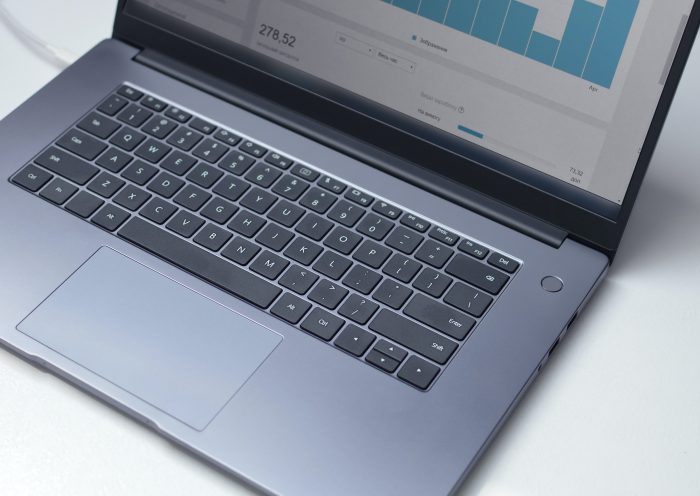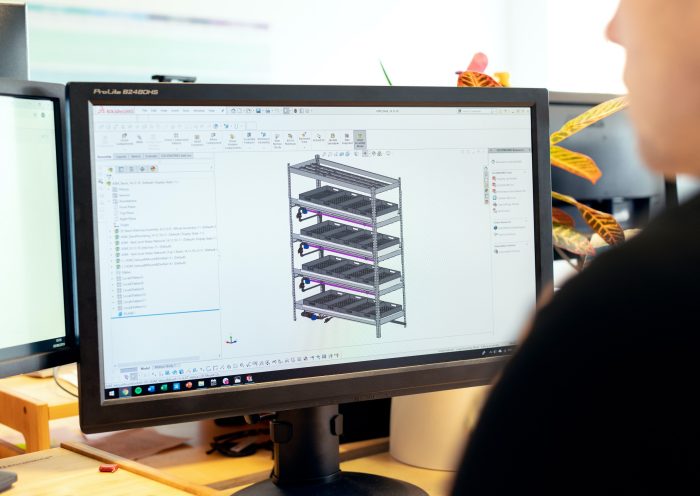Some simple functions for subsetting images
image2lz {fields} Some simple functions for subsetting images Package: fields Version: 6.9.1 Description These function help in subsetting images or reducing its size by averaging…
View More Some simple functions for subsetting imagesHow Generate Spatial Weights Matrix (Spatial Statistics) works-ArcGIS 9.3
“Spatial Statistics” does not mean applying traditional (non-spatial) statistical methods to data that just happens to be spatial (has X and Y coordinates). Spatial statistics…
View More How Generate Spatial Weights Matrix (Spatial Statistics) works-ArcGIS 9.3Spatial weights
Spatial statistics integrate space and spatial relationships directly into their mathematics (area, distance, length, or proximity, for example). Typically, these spatial relationships are defined formally…
View More Spatial weightssplm-package R Documentation Spatial panel models: estimation and testing
Description A comprehensive toolset for ML and GM estimation and diagnostic testing of econometric models for spatial panel data. Details Package: splm Type: Package Version:…
View More splm-package R Documentation Spatial panel models: estimation and testingConfirmatory vs Exploratory Data Analysis
Confirmatory vs Exploratory Data Analysis Confirmatory Analysis Inferential Statistics – Deductive Approach Heavy reliance on probability models Must accept untestable assumptions Look for definite answers…
View More Confirmatory vs Exploratory Data AnalysisEconometric Analysis of Panel Data
Spring 2009, 4:40-6:30pm TTH (CH296) Prof. K.-P. Lin (CH 241G, 725-3931) Office Hours: 3:30-4:30 TTH & by appointment This is a course on applied econometrics dealing…
View More Econometric Analysis of Panel Data羽毛球步法大全(图解)
一、上网步法 (1)蹬跨步上网步法: 起动后左脚后蹬,接着侧身,右脚向球的方向跨出一大步击球。 (2)两步蹬跨步上网步法: 起动后,左脚先朝球的方向迈一步,紧接着左脚后蹬,侧身将右脚朝球的方向跨出一大步。 (3)垫步加蹬跨步上网步法: 右脚先向来球方向迈出一步,紧接着左脚垫一小步,同时右脚抬起,利用左脚的蹬力蹬跨出一大步,到位击球。 (4 )前交叉步加蹬跨步上网步法: 起动后,右脚先向球的方向垫一步,左脚再迈一步,紧接着左脚后蹬,侧身将右脚向球的方向跨一大步,到位击球。 (5)后交叉步加蹬跨步上网步法: 起动后,右脚先向球的方向垫一步,接着,左脚向右脚后交叉一步,左脚一着地马上用力后蹬,侧身将右脚向球的方向跨一大步,到位击球。 (6)蹬跳步上网步法: 这是一种特殊的上网步法,当对方回击网前球过高时,为争取速度,上网扑球常常使用这种步法。这种步法,省略了上网步法中的移动过程。从起动开始,身体前倾,双脚向网前方向起跳。击球后,腾空的身体下降,双脚几乎同时落地(右脚稍先落地),然后两脚调整身体重心,恢复正常姿势。要注意防止因前冲力过大而触网或过中线犯规。 (7)上网步法应注意事项: 完成击球动作时的姿势,是上网步法中较复杂的一环,因为者一环要承担人体前冲的缓冲力量,同时又要顾及手部的击球质量和击球后的迅速回动。所有的上网步法均应注意做到下列要求: 1、什么位置做最后蹬跨为好,要看球的位置而定,一般应以最后一步跨出后,侧身对网,自然伸直手臂让拍子能打到球为宜。太远打不到球,太近也会妨碍击球动作,且延长了回动距离。 2、最后的蹬跨步都应该右脚在前,步幅较大,着地点超越膝关节,重心在右脚上,脚尖外展。右脚应以脚跟外侧沿先着地,然后过渡到脚掌,并用脚趾制动,不使身体再前冲。右臂前伸击球时,左臂自然张开。击球后,立即右脚回蹬,如果最后跨步步幅很大,左脚应该自然跟随前移一些,以便回动。 3、放网前球、挑球一般采取低重心姿势。搓球、推球、勾球时身体较直,重心较高。扑球时往往需要向上方蹬跳。 4、上网最后一步步幅要跨大,必须注意两点:1)左脚用力向前蹬的同时,应向前送髋,以增大跨步的距离。2)向前跨出的右腿,在送髋和左脚发出蹬力的同时,应向上抬右腿。右腿抬得高,向前落地的距离才会远。 5、右脚落地是缓冲和回动的关键。要做到制动快而且自然,也必须注意两点:1)右脚向前的姿势,应该是小腿前伸(不是伸直),腿腕屈,脚跟向下,脚尖向上。2)以脚跟稍偏外侧部先着地,迅速向前脚掌滑去;脚尖制动,并做回蹬。 6、完成跨步和制动后(右膝弯曲不能超过脚尖),回动时必须注意:身体重心适当放在右脚上,左腿向右腿稍微跟进以分担右脚承受的重量,协助右脚从弓箭步姿势恢复直立。再以并步或交叉步退回中心位置。 二、后退步法 (1)正手后退步法: …
View More 羽毛球步法大全(图解)Exploratory Data Analysis (EDA) and Regression
This tutorial demonstrates some of the capabilities of R for exploring relationships among two (or more) quantitative variables. Bivariate exploratory data analysis We begin by…
View More Exploratory Data Analysis (EDA) and RegressionWhat are the ten most common questions asked at graduate interviews?
At the University of Kent we asked students what questions they were asked at graduate selection interviews by a variety of employers and for a…
View More What are the ten most common questions asked at graduate interviews?Best Answers to Tough Interview Questions
Tell me about yourself. This is really more of a request than a question. But these few words can put you on the spot in…
View More Best Answers to Tough Interview Questions




